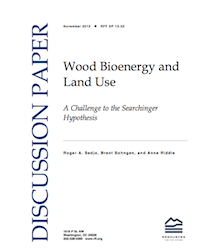Primus Green Energy, an alternative fuel company that converts natural gas and other feedstocks directly into drop-in transportation fuels, has announced that its natural gas-to-gasoline demonstration plant has achieved 720 hours of continuous operation, a milestone, they say, that confirms the reliability and stability of its STG+ technology. In addition, Primus has received independent verification of gasoline quality, process  efficiency and system economics. As verified by Bureau Veritas, an independent, multinational inspection, sampling and testing company, Primus’ gasoline was found to meet or exceed all ASTM specifications, the gold standard used to measure gasoline quality.
efficiency and system economics. As verified by Bureau Veritas, an independent, multinational inspection, sampling and testing company, Primus’ gasoline was found to meet or exceed all ASTM specifications, the gold standard used to measure gasoline quality.
An independent engineer’s report prepared by E3 Consulting, LLC, concluded that STG+ system and catalyst performance exceeded expectations during plant operation. The report noted that the demo plant has substantially met the goal of fully integrated operations; is a successful demonstration of scalability of the technology; and the gasoline quality consistently met or exceeded industry standards.
“We think that gas-to-liquids processes like Primus’ will be instrumental in using low-cost natural gas to create a new supply of domestically produced clean liquid fuels like drop-in gasoline, jet fuel and diesel without spending billions of dollars on engine modifications and new infrastructure,” said Yom Tov Samia, chairman of Primus Green Energy and CEO of IC Green Energy, Primus’ main shareholder. “The success of the demonstration plant not only validates the scalability of the technology, but also Primus’ leading position in an important emerging industry of great geopolitical importance.”
According to Primus’ their demonstration plant is designed as a “scaled-down” version of the first commercial plant. Primus worked with top-tier engineering firms to optimize the design of the demonstration plant to eliminate the technology risks of scale-up, which in the past have been a major obstacle for competitors in the alternative fuels space.
“The independent engineers’ report provides critical validation of our technology and of our value proposition, and the data suggests that our technology is more economical than competing gas-to-liquids processes available today,” said Robert Johnsen, CEO of Primus Green Energy. “We can now focus on optimizing our process even further and on working toward construction of our first commercial plant, which like the demonstration plant will use natural gas as a feedstock for the production of drop-in transportation fuels.”
Paul Plath, President at E3 Consulting added, “The data resulting from the initial 720-hour continuous operation of Primus’ natural gas-to-gasoline demonstration plant has exceeded initial expectations. The data shows that Primus’ STG+ technology, when applied at commercial scale, can be expected to be efficient, cost-effective and able to produce a premium transportation fuel product.”








